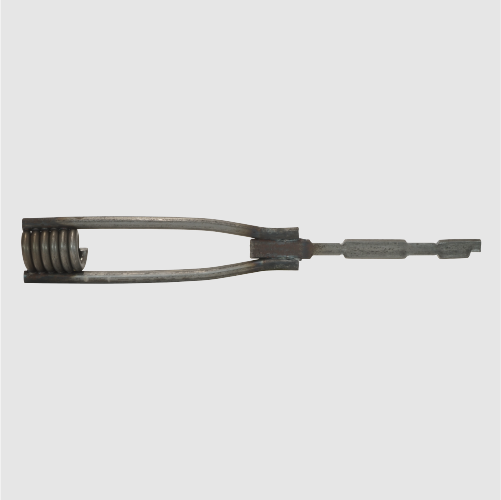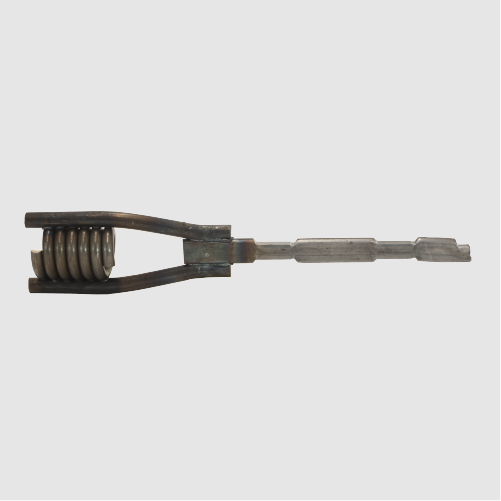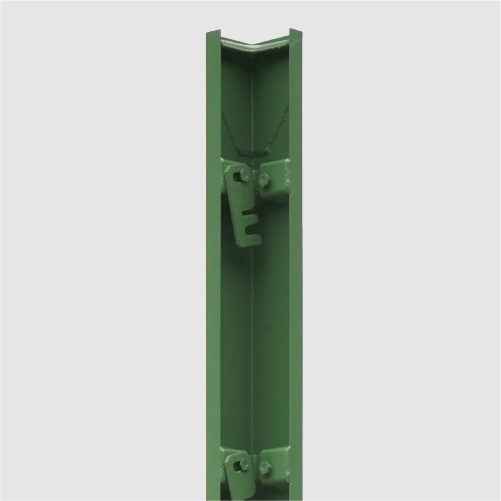Resi-Coil Tie™



Resi-Coil Tie™
The Steel Dog Resi-Coil™ Tie is a multipurpose Transition Tie for 1-1/8" plywood concrete forms. With a Resi-Tie electronically welded to a ½”coil tie end, the Resi-Coil™ Tie gives the user the versatility of threaded coil rod for one-sided forming, long ties, and other purposes, while still using the quickest, handset modular form system.
FEATURES
Standard Resi Tie on one end—coil rod adapter on the other
Opens up the possibilities of industry-standard coil rod hardware to the 1-1/8” form user
Low cost solution for one-sided forming and adjustable-length ties
Welded to rigorous standards using computer-controlled equipment—each Resi Coil™Tie is as strong as a standard Resi Tie
MAXIMUM SAFE WORKING LOAD:
2500 Lbs. (Based on approximately 2-to-1 safety factor).
APPLICATIONS:
Battered walls
Pilasters
Machine bases
Unusual forming situations
Emergency custom ties
Applications
Adjustable Length Ties
Make any-length ties at the job site. Use standard ½” coil rod and a pair of Resi-Coil™ Ties to create ties of any length with off-the-shelf components. Save time and set-up charges for custom-length ties. Typical Existing Walls: Concrete • Wood Lagging • Brick • Sheet piling • Hollow concrete block • Rock
Since RC’s are manufactured in a tightly-controlled process, you are assured of an adjustable long tie that is as strong as a standard tie (2500lbs SWL). Don’t take chances on field-welded ties or other make-do measures.
IDEAL FOR:
Battered walls
Pilasters
Machine bases
Unusual forming situations
Emergencies
Always keep RC’s on hand for the security of having a tie of any length when you need it.
One-Sided Forming
Resi-Coil™ Ties and short lengths of ½” coil rod allow you to quickly anchor forming panels onto existing structures. Use drop-in anchors, epoxy, or rock anchors to attach to concrete, rock, or masonry walls. Other standard ½” coil rod hardware (Coil Lags™, plate washers and nuts, etc.) can be used to secure to sheet piling, plywood, or other materials.
The RC’s design simplifies the process of setting up forms for a one-sided wall. Since the tie is precisely in line with the coil rod, just drill holes at locations on the existing wall corresponding to tie locations on the forms.
Because they’re threaded onto the coil rod, RC’s are easy to adjust for wall thickness, or variations in the existing wall, by simply rotating (which may be done while the tie is placed in the form).












